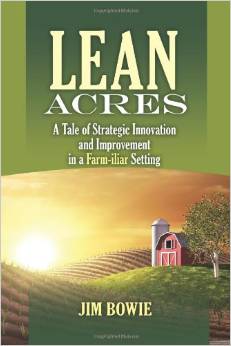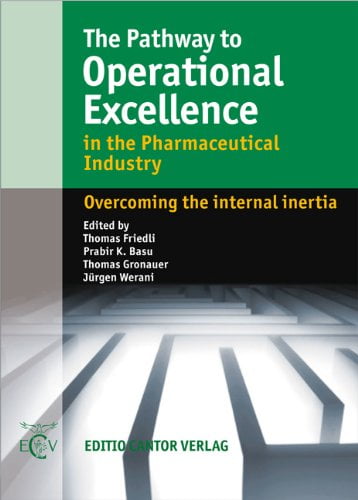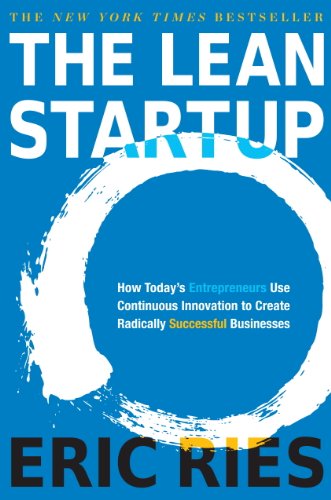Lean Acres: A Tale of Strategic Innovation and Improvement in a Farm-iliar Setting
Change can be hard. It is often difficult to conceive performing tasks in a different order, in a different place, at a different time, or in a different manner altogether. And this is only for the individual. When we talk about organizational change the difficulty increases exponentially with each individual that is added to the equation. Regardless of organizational improvement methodology (Lean, Six Sigma, ISO, Balanced Scorecard) as programs they are difficult to implement; as disciplines they are difficult to understand. This book uses as its basis a fable the story is not untrue, but it is not fact either. It is a story in which the group dynamics are real, the problems are valid, and the solutions legitimate. It asks you to consider a complex environment with multiple classes interacting between functional units with requirements that are perceived as exclusive and unique, and personalities that reinforce presumed boundaries. It asks you to follow along as all these individuals work together using the basics of four quality methodologies (Lean, Six Sigma, Theory of Constraints, and Business Process Reengineering) to address the problems they face, discover solutions together, and move forward in their continuous performance improvement journey.
More info →Selecting the Right Manufacturing Improvement Tools: What Tool? When?
Selecting the Right Manufacturing Improvement Tools offers an easy-to-read and comprehensive review of the most important current industrial improvement tools that every manufacturing or industrial executive, operational manager or engineer needs to know, including which tool to use for a particular type of manufacturing situation.
But his book goes beyond a simple comparison of improvement tools to show how these tools can be implemented and supported. Instead, it offers a broader strategic explanation of how they relate to one another, and their relative strengths and weaknesses in the larger context of the entire enterprise. It demonstrates how to use these tools in an integrated way such that they are not just be viewed as another “program of the month” or management fad. Selecting the Right Manufacturing Improvement Tools guides the use of these individual management tools within the need for aligning the organization, developing leadership, and managing change, all for creating an environment where these tools will be more successfully applied.
· Provides an excellent review of the most popular improvement tools and strategies - Lean Manufacturing, Kaizen, including 5S, Kanban, Quick Changeover, and Standardization, Total Productive Maintenance, Six Sigma, Supply Chain Management, Reliability Centered Maintenance, Predictive Maintenance (or Condition Monitoring), and Root Cause Analysis.
· Illustrates the use of each tool with case studies, using a fictitious company called "Beta International," which continues its journey to business excellence from author's previous book, Making Common Sense Common Practice
· Describes the foundational elements necessary for any tool to work - leadership, organizational alignment and discipline, teamwork, performance measurement, change management, and the role of innovation.
· Concludes with a recommended hierarchy for the use of the various tools, and provides enough information so that individual circumstances and issues can be related to these improvement tools, making better decisions and having greater business success.
Leading Pharmaceutical Operational Excellence: Outstanding Practices and Cases
Achieving operational excellence is a challenge for the pharmaceutical industry, with many companies setting successful examples time and again. This book presents such leading practices for managing operational excellence throughout the pharmaceutical industry. Based on the St.Gallen OPEX Model the authors describe the current status of OPEX and the future challenges that have to be dealt with. The ample theoretical background is complemented hand-in-hand by case studies contributed by authors from leading pharmaceutical companies.
More info →The Pathway to Operational Excellence in the Pharmaceutical Industry
In order to face a new market reality, Operational Excellence initiatives will build the cornerstones of future operations strategies in the pharmaceutical sector. The biggest challenge is and will be the engagement of people. The authors of this book point out that it will be the ability to make each employee think in terms of continuous improvement and change that will enable companies to overcome the organizations internal inertia and separate the winners from the losers. Leading managers, consultants and researchers from both sides of the Atlantic contributed to this second book about a topic that has already started to change the way thousands of employees understand and do their jobs. As an addition to the first book Operational Excellence in the Pharmaceutical Industry which focused on the essence of OPEX, this book focuses on the managerial and organizational aspects of comprehensive Operational Excellence programs.
More info →The Lean Startup: How Today’s Entrepreneurs Use Continuous Innovation to Create Radically Successful Businesses
Most startups fail. But many of those failures are preventable. The Lean Startup is a new approach being adopted across the globe, changing the way companies are built and new products are launched.
More info →People: A leader’s day-to-day guide to building, managing and sustaining lean organizations
Being a lean leader is an inherently rewarding job. You don’t need to wait for a quarterly report or annual performance review to know that you are making a difference. Improvements happen all the time, and everyone you work with can see and feel them.
But being a lean leader also can be immensely difficult and — at times — seemingly impossible. In a complex work environment run by people (who naturally make mistakes and can be uncomfortable with change) performing multiple processes (which naturally become less efficient and effective over time), building and sustaining a continuously improving culture takes never ending effort, a laser-like focus on principles and purpose, and constant realignment.
More info →








